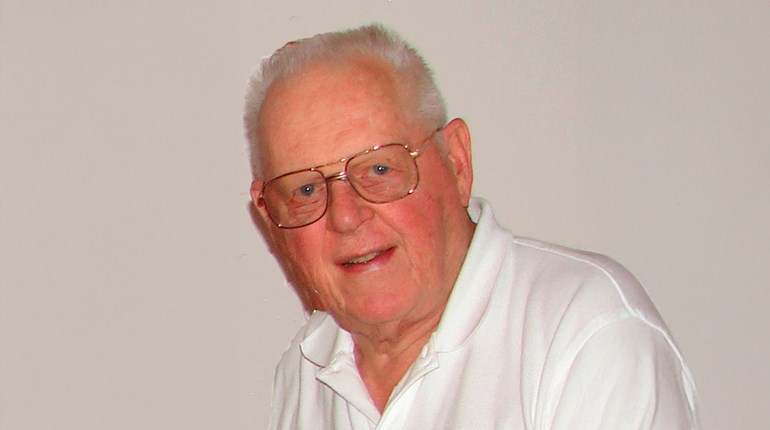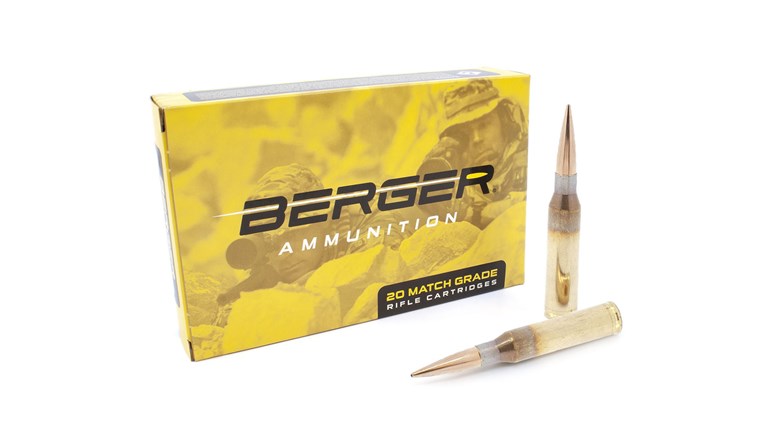
Whether its gathering reference data for service rifle matches or developing loads for match rifles, the advent of advanced electronics within reach of individual shooters created a quantum leap in our ability to know our guns, ammo, and their performance on the firing line. Now, competitive shooters can collect detailed environmental data the day of testing, departure speed and deviation, as well as target arrival information—for every test and training shot we make.
Doppler Radar Chronographs
The arrival of the Labradar chronograph brought commercial and government ballistics measurement technology into the hands of individual shooters. Prior to Labradar, load development speed testing was done using sky screen sensor chronographs typically located 15 to 20 feet forward of the firing point; or the more recently introduced magnetic flux detector MagnetoSpeed system mounted on the gun barrel. These systems delivered a single point velocity reading that shooters could input into a ballistics calculator. With Doppler radar technology, the shooter receives velocity data from the muzzle and every 25 yards out to the limit of the detection range of the radar detector, typically a maximum of around 100 yards. This is due to the limited transmitter power available from the consumer-grade Labradar.

With Labradar, you get an actual velocity number from the muzzle, plus all the standard deviation and extreme spread information for the shot series. And, you get retained velocity, SD and ES information every 25 yards. Plug the data into a ballistics calculator, along with the environmental data collected when the shots were fired, and you can see if the calculations of your ballistics calculator for the listed BC of your bullet align with observed reality.
What does that mean? Well, if you are trying to predict bullet drop for first round shots for bench rest or PRS shooting; or BC fine adjustment out of your rifle, barrel, load combination for Palma or Long Range.This is the same technology that commercial and military users have to test ordnance ranging from small arms to artillery.
A Labradar kit retails for about $559. A tip to the wise—invest in a carbon-fiber improved sight for about $25, and a 20,000 mAH class external battery and charger for around $20; so you can collect data all day.
Electronic Targets
Personal electronic targets are revolutionizing precision high powered rifle shooting. Everything from load development to marksmanship technique practice is changing as E-targets appear on firing ranges around the country.
I use the ShotMarker system developed by Canadian innovator Adam MacDonald. They currently retail for $799 USD.

The system uses acoustic sensors that can detect both the position and speed of an incoming supersonic bullet as it arrives at a target as far away as 1,000 yards. The system, once properly calibrated, can locate the impact of a bullet and score it for any target face in for which it has a template; it has a lot of them. You actually change target templates on the fly with a ShotMarker and see how the same shot pattern work score on different target faces.
A readout appears on any web browser equipped laptop, tablet or phone by connecting to the the local WiFi of the ShotMarker server. The server talks to the sensor head units at the target. ShotMarker servers can receive signals from numerous sensor heads simultaneously and the WiFi server can handle many display devices allowing the shooter and spectators to see what’s happening. This ensures all shooters, scorers, match officials and friendly hecklers can enjoy the show.
These electronic targets collect bullet arrival speed and compute string statistics giving you yet one more retained velocity at distance to add to your ballistic calculator confirmation analysis. Other utilities in MacDonald’s software compute group size and allow strings to be edited. Match management features allow for sighter shots and locking down each target so that only administrators can manage them. Strings of fire are stored on the server and are available for download with much richer technical data later on.
Shots are displayed in the order of arrival. That feature means you can analyze rapid fire strings shot by shot. Keep your notebook or an audio recorder handy to note what you think you did after a practice rapid string before your short-term memory flushes, then look at the display to see if every shot went where your brain thought it did.

For position development practice, put your ShotMarker at 100 or 200 yards then fire a complete 800 Aggregate changing target face templates for each stage of fire. It takes about 15 minutes to set up a ShotMarker on a pre-calibrated frame. Then, you’re off to the races.
For load development, you can do ladder tests, seating depth change tests, optics “box tests” to assess tracking repeatability and actual click value tests of optics and iron sights.
E-targets don’t completely eliminate the need for paper. For a true “know your limits” test, you still need to paste a shoot-and-see out on the target at your baseline zero distance and shoot a final physical zero. Because the most commonly-available range to re-zero a gun is 100 yards, do so at least at that distance. You can collect “hard zero” data at other distances too. Be sure to record the environmental conditions of these shots.
Environment and Ballistics
A ballistics solver with integrated environmental conditions instrument can save your bacon. I use a Kestrel Applied Ballistics unit that contains a full weather station instrument set and an onboard ballistics solver. They retail for $699 with Bluetooth and $599 without. You can also get similar results using a plug-in weather reader instrument for smartphones with a ballistics calculator app. Generally speaking, the more integrated the package is, the better.

As noted earlier, it’s vital to record weather conditions at the time you shoot your hard zero for your baseline. The most important information to collect includes temperature, altitude, air pressure and, most of all—the density altitude when you made that shot.
Here’s the payoff—in the real world, bullets change flight in response to the environment. If you are shooting a no-sighters match, bullet trajectory over the course of the day at each yard line will shift slightly in response to the density altitude at the moment you move up to your firing point. If you’ve taken the time to prepare ahead, you can be confident you are on the waterline when that first round goes out.
There is one more more payoff to using a Kestrel AB—the integrated compass, wind meter and ballistics calculator that knows your baseline zero data. It can estimate wind calls in difficult wind conditions. Imagine the 600-yard line at Camp Perry where the wind is often brisk and oscillating, as much as a bull and a half worth of uncertainty on game day. Again, every bit of data helps. It’s worth learning to do before you get on the trolley to shoot the President’s Hundred.
See more: What You Need To Know About High Power Rifle Competition


































